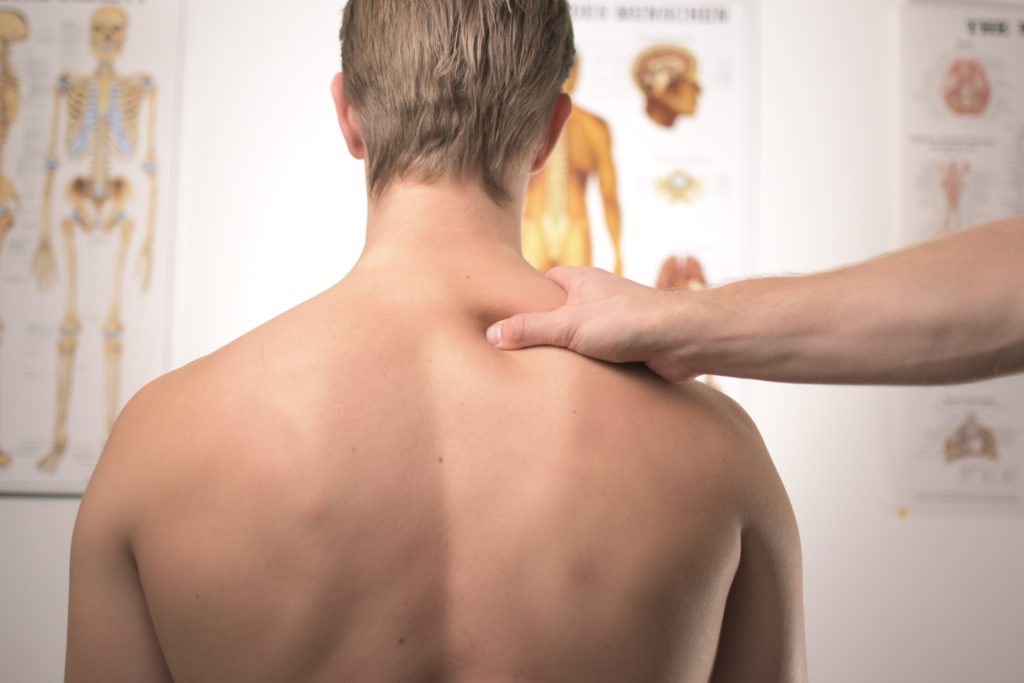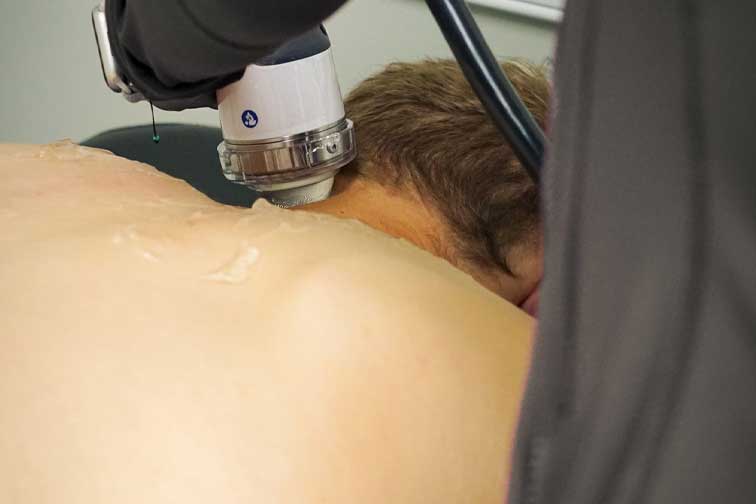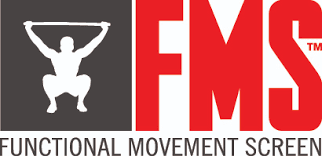Do you have pain in your shoulder? You may not even think about your shoulders until they begin to hurt! The shoulder is one of the largest joints in the body, and one of the most easily injured. Two out of three people will experience some type of shoulder pain in their lifetime. That’s a lot!
Although most shoulder problems are relatively short-lived, others may be more long-term (chronic) or come back from time to time (recurrent). To understand shoulder pain, let’s review how the shoulder works and functions in the human body.

Why do patients come see us for shoulder pain?
- Sports related injuries (tennis, golf, gym overuse, etc.)
- Bad work ergonomics / sitting at a computer too long
- Pain related to a motor vehicle accident
- Bulging, or herniated disc in the neck
- Stress
How does the shoulder work?
The shoulder is a ball-and-socket joint – the very same design you can find at your local hardware store. This trusty ball-and-socket design of the shoulder is the rounded, bony head of the arm bone (humerus) connecting into a shallow socket or cup shape of the shoulder blade (scapula). This shape gives our arm tremendous flexibility.
In the front of the shoulder also lies the collarbone. One end of the collarbone connects with another part of the scapula making a joint called the acromioclavicular joint. You may have heard of an injury called an “AC separation,” which is a disruption occurring at this joint often experienced by athletes on the receiving end of a powerful tackle. On the other end of the clavicle is the breastbone, or sternum, making another joint.
Around the shoulder bones is a complex arrangement of muscles, tendons, and the shoulder joint itself, making it the most mobile joint in the entire human body. This mobility and interplay of multiple parts means discomfort or pain from the shoulder can stem from a more complex issue.
What causes shoulder pain?
The flexibility of the shoulder joint also makes it prone to instability. While the structures of the shoulder provide stability to the bones and joints, they are also prone to injury and overuse. Shoulder pain can be a short-lived experience, but ongoing shoulder pain should be investigated to determine the actual cause: joint, muscle, bone, ligament, or something else.
Five common conditions that cause shoulder pain:
- Arthritis is wear-and-tear of the natural, protective cartilage surrounding the joint. Arthritis increases friction between bone surfaces of the joint causing inflammation, stiffness, pain, swelling, and even a decrease in range of motion of the joint. Mild arthritis can be treated with over-the-counter pain relief and physical therapy, but more advanced forms of arthritis may require cleaning up of damaged soft tissues or replacing the joint entirely.
- Dislocations of the shoulder occur because of a fall or forceful impact, like a motor vehicle collision or sports. The arm bone becomes dislodged from its socket, tearing the joint capsule, ligaments, and tendons. This injury requires immediate medical intervention due to the presence of delicate nerves and blood vessels in the shoulder. After the shoulder is relocated, rehabilitation is required. Surgery is recommended if shoulder issues become chronic.
- Adhesive capsulitis. You may know this condition better as frozen shoulder, a painful condition that limits the range of motion of the shoulder joint. This condition occurs when the connective tissues of the shoulder thicken and scar, covering the joint in a fibrous cocoon and reducing its ability to move properly. However, this condition worsens the less you use your arm. If untreated, adhesive capsulitis can last for years, but directed approaches with rehabilitation and joint manipulation can be very helpful.
- Rotator cuff injuries. The rotator cuff is the term for the four major muscles surrounding the shoulder that help our arm move in a circular motion. Injuries occur due to overuse, muscle tears from trauma, inflammation of the tendons, and more. Recovery from rotator cuff injuries can be as simple as directed exercises and physical therapy, or as complex as surgically cleaning or reconnecting damaged soft tissues.
- Thoracic outlet syndrome is a condition affecting the nerves and blood vessels exiting your neck between your collarbone and first rib. This condition causes pain, tingling and numbness in the hand and fingers, and discoloration in your arm due to inadequate blood flow and/or nerve impingement (pinching). Pregnancy, muscle spasm, repetitive movements, acute injuries, and even weight gain can result in the development of thoracic outlet syndrome. Physical therapy and lifestyle modifications can be effective forms of treatment.
This list is by no means comprehensive. Other conditions can contribute or cause shoulder pain such as fractures, rheumatoid arthritis, joint separations, calcific tendinitis, whiplash, and visceral (organ conditions) which refer pain into the shoulder. It’s important to consult with your doctor if you’re experiencing shoulder pain.
What our patients are saying:
Dr. Andy provided a full assessment, answered all questions and followed up with a continual treatment plan. He and his staff are welcoming and helpful! As a retired collegiate athlete and avid crossfitter, my joints need all the help they can get. I would highly recommend Cardinal Chiropractic to everyone. ~ Leslie F. from Burlington, NC
Who gets shoulder pain?
Our reliance on our shoulders to stretch, reach for objects, brush our hair, exercise, and more means they get used often – and sometimes hard. Anyone can develop shoulder pain throughout their lifetime, but it becomes more common as we age.
Shoulder pain can occur from a trip and fall, or repetitive activities such as sports or work-related movements. Gardening, playing baseball, lifting boxes, or a fall on an outstretched hand can result in shoulder pain. Neck-related injuries can also cause shoulder pain due to the network of nerves and blood vessels exiting the neck that also supply the shoulder and arm.
Certain individuals may be more prone to developing shoulder pain and shoulder conditions depending on their genetics or other health conditions.
The pain can come on gradually or abruptly, and it may range from mild to excruciating.

How we treat shoulder pain:
At Cardinal Chiropractic and Sports Recovery, we take the time to get to know you. Shoulder pain can come on suddenly or it can grow over time. Performing a thorough examination and diagnosis will help us determine the right course of action for your shoulder.
Targeted rehabilitation including specific stretches, physical therapy, and strengthening exercises can be very helpful for many cases of neck and shoulder pain! We improve the function and movement of all affected joints of the shoulder and work on soft tissues, such as muscles and ligaments, using a variety of effective methods from massage to soft tissue mobilization.
If you or someone you know is suffering from shoulder pain, give our Burlington office a call to schedule an appointment rather than wait to see if the pain improves or goes away. Our chiropractic office is trained to manage numerous musculoskeletal conditions with success, helping people live a healthier and pain-free life!
If you want a same-day appointment for your pain, call our office at 336-270-3050 or schedule online using the button below!


